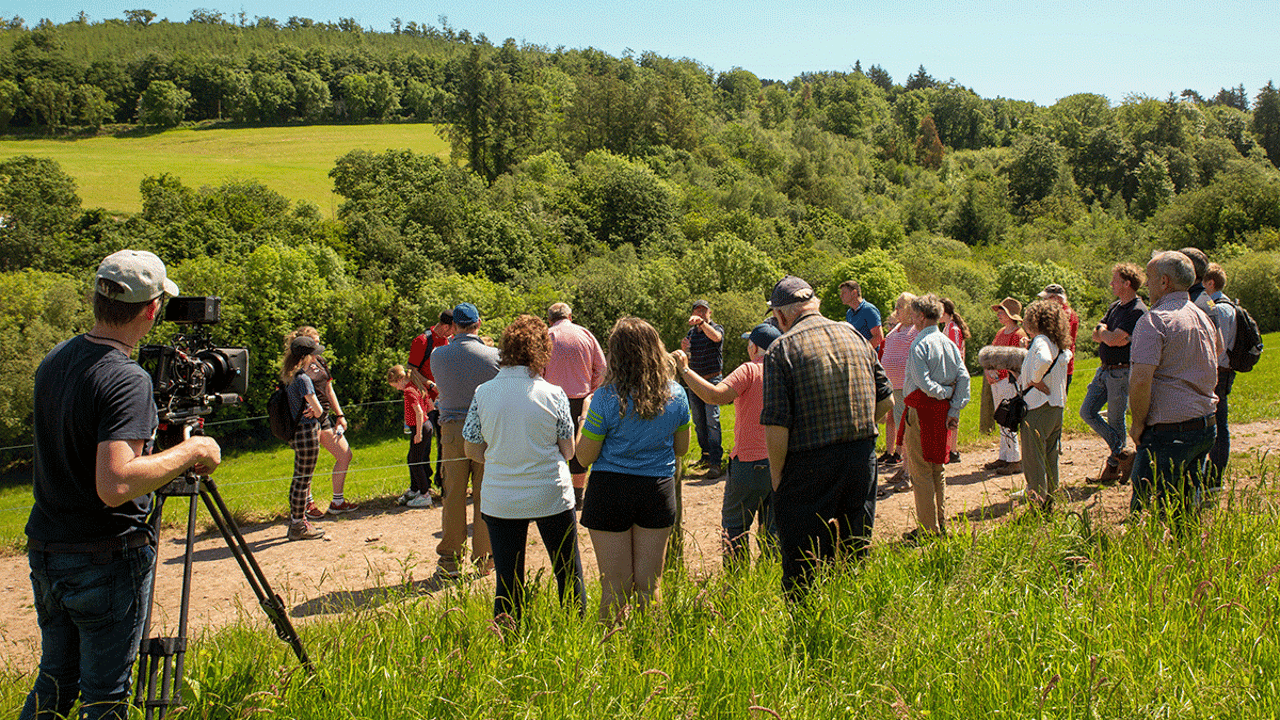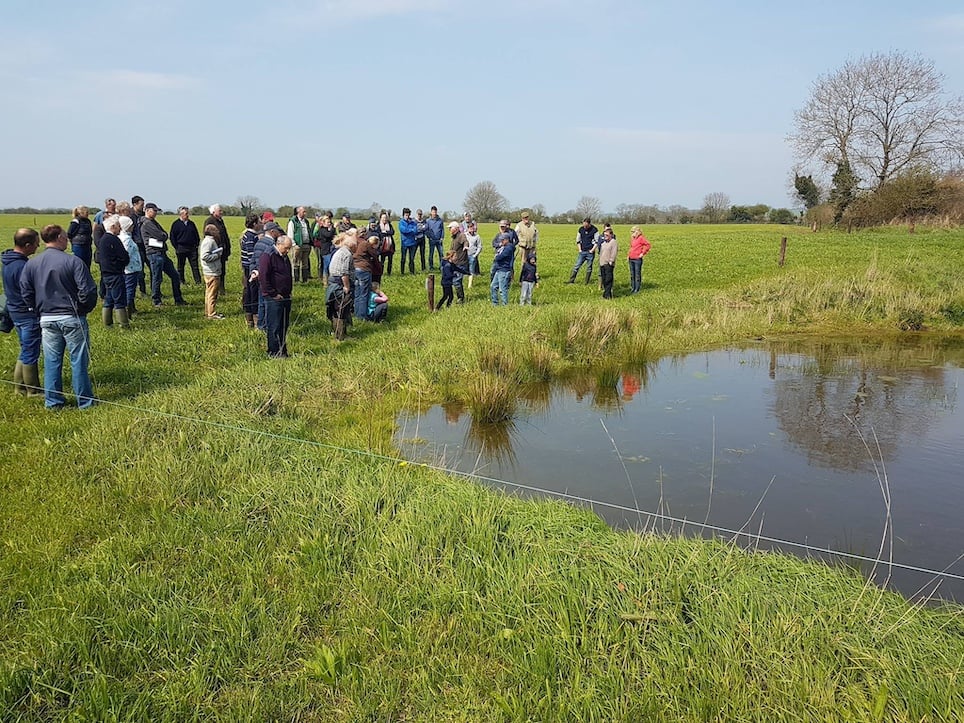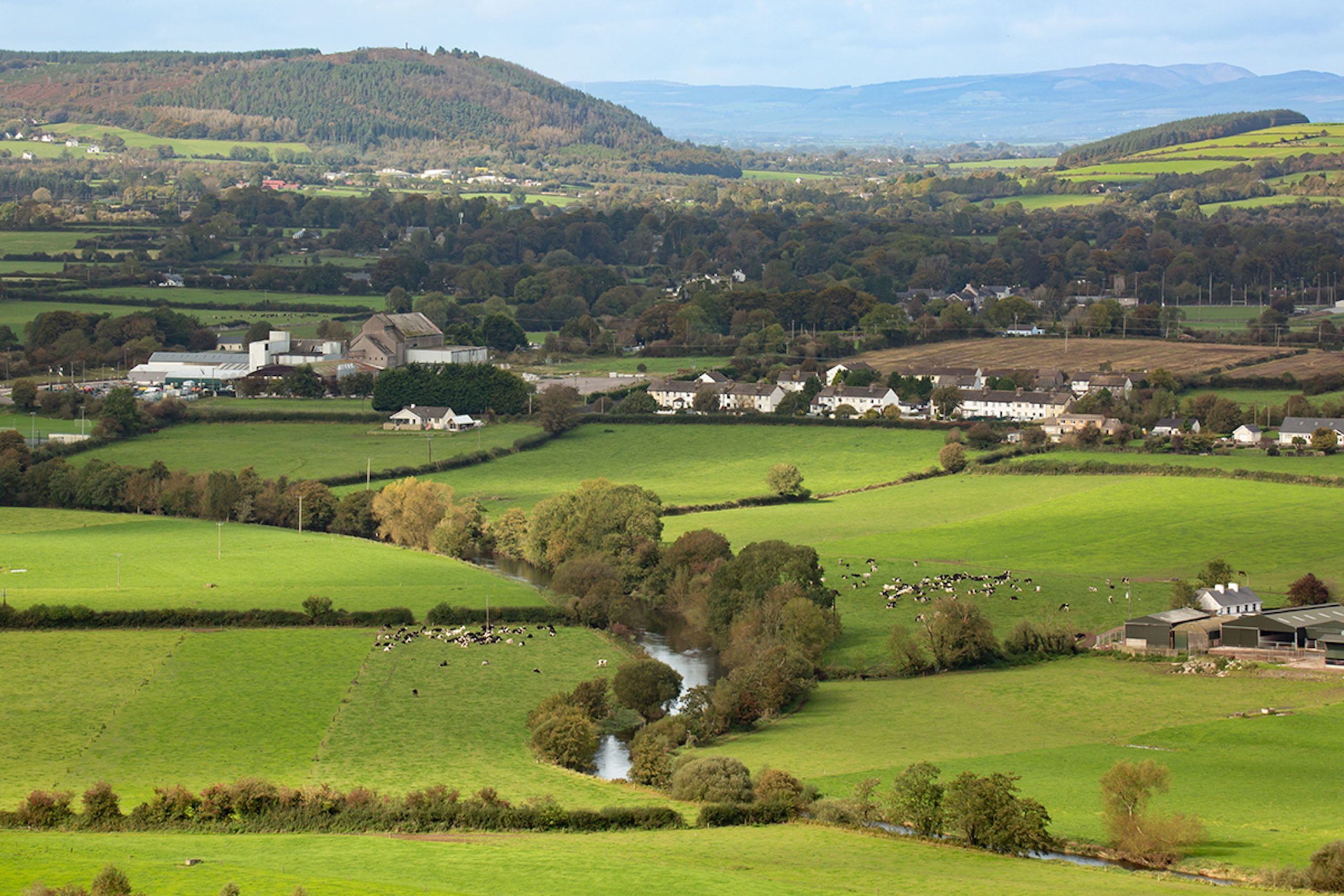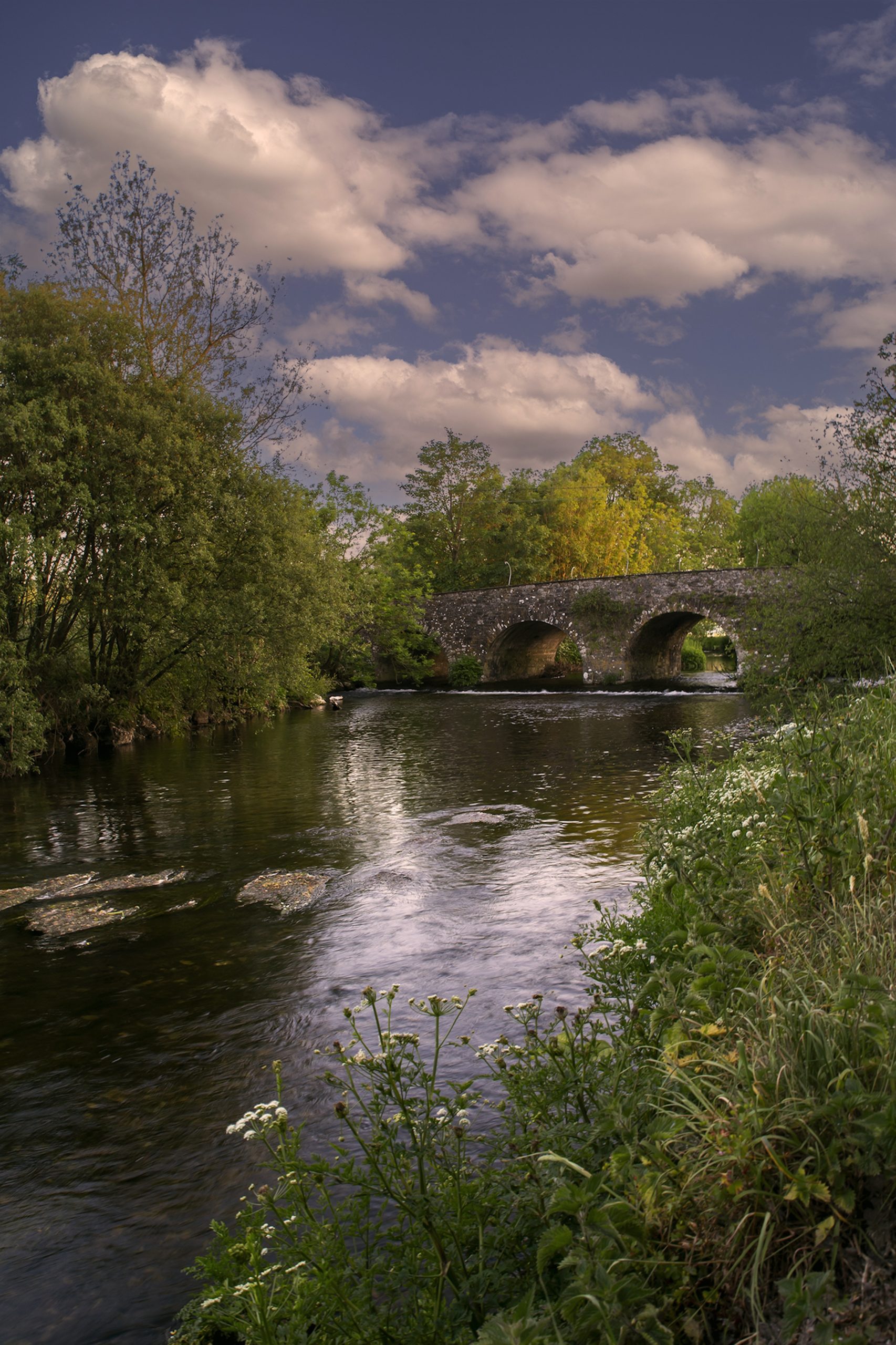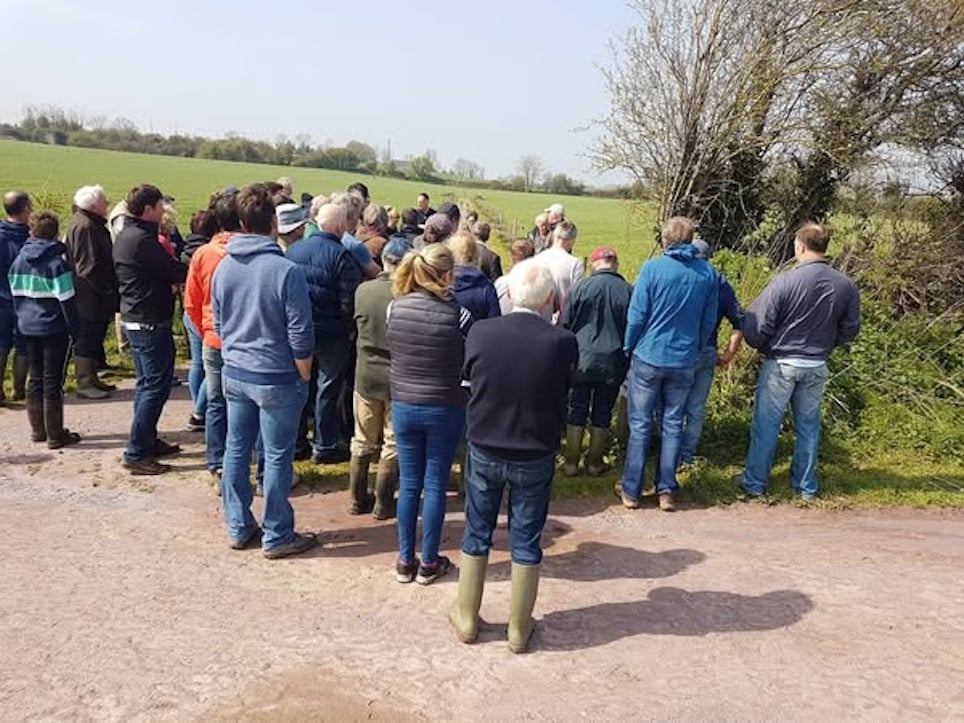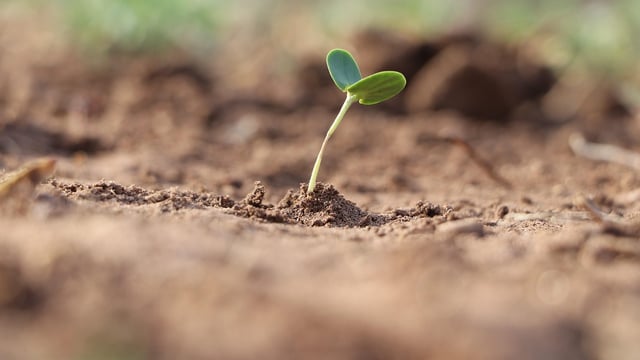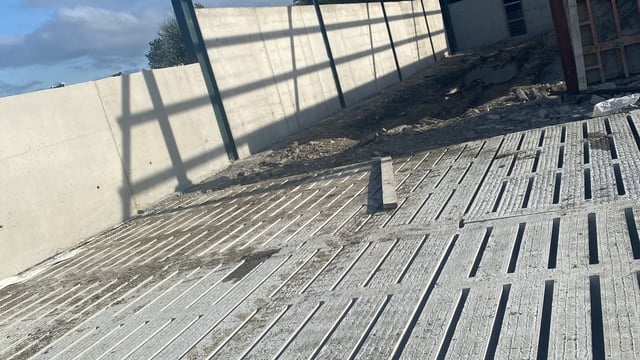Farmer mindset of only restoring nature 'if paid to do so' - project manager
Farmers are in the mindset that they should get paid to carry out environmental improvements, according to Donal Sheehan, project manager at the Biodiversity Regeneration in a Dairying Environment (BRIDE) project.
Sheehan said that over the last three decades, environmental schemes and subsidies were camouflaged as environmental payments when very often they were first and foremost an income supplement
Now there is a situation where farmers expect this money as part of their income.
The BRIDE project which worked to improve biodiversity on intensive farmland in the River Bride valley areas of east Cork and west Waterford, kicked off in January 2018 and ran until December 2023. has just published its final report.
Sheehan said: "There is a mindset of only carrying out environmental measures if paid to do so.
"This needs to change so that farmers shoulder some of the responsibility for the restoration of nature in future agri-environment schemes.
That is why the evolution of results-based payments needs to happen so that farmers who do more for the environment should be paid more," he added.
"Because of previous agri-environment schemes such as REPS, AEOS, GLAS and now ACRES, where farmers were paid to carry out environmental improvements, there is a farmer mindset in some quarters that if there is no payment, there are no improvements," he said.
There is, he said, a need for farmers to begin to invest themselves in nature restoration as they would invest in buildings and other infrastructure.
"Farmers are selling a product that needs to have higher environmental credentials than previously, and than other food-producing competitors.
"This does not mean the full cost of restoring nature and improving water quality should be borne by the farmer.
The state needs to continue to support these improvements especially as farmers, over the years were encouraged to go down the unsustainable route in which they now find themselves," Sheehan added.
The BRIDE project had 43 farmers - 19 dairy, 14 beef, four tillage, four equine and two sheep farmers - committed to improving biodiversity on their farms in the project valley in 2018.
At the outset of the project, Sheehan said it was agreed to keep administration to an absolute minimum so that farmer payments could be maximised and biodiversity improved,
"The scorecards were designed with this in mind so that assessments could be done speedily but without losing the ecological accuracy of the quality of the habitat," he explained.
To improve this further, the FWN (Farming with Nature app was developed in 2021.
"The penalty and deduction culture of modern farming - where the stick is used rather than the carrot to force farmers to comply with a particular measure, farming practice or regulation - can be counterproductive," he claimed.
"When actions are implemented by farmers out of fear rather than fulfilment, the wrong signal is given, the enjoyment goes out of farming and producing food becomes stressful and ultimately, unsustainable.
The RBP (Results Based Payment) method means no penalties are applied but lower payments or 'auto fail' status gives out a stronger signal to incentivise behavioural and management change."
Sheehan said payments were made to two farmers who had skylarks and one who had a barn owl on their farms.
"Although only €250 per species, it nevertheless put a financial value on these species that changed the perspective farmers had on both species and habitats. It gave an added incentive to hold onto both," Donal said.
In a national scheme, this payment could be increased to a minimum payment of €1,000/farm for rare or endangered species such as curlew, lapwing, corncrake, and hen harrier, with added bonuses for fledging or annual increases of nest sites, according to Sheehan.
"This would be a cheap way of maintaining the existence of these species versus the cost of re-introducing them if they become extinct."
Funding for the BRIDE project was secured through the European Innovation Partnership (EIP) programme, a joint initiative between the EU and the Department of Agriculture, Food and the Marine in Ireland.
A bottom-up EIP driven farmer-led approach was used whereby farmers and biodiversity improvement were 'front and centre' as opposed to top-down approaches where very often goals and aims might be different and farmers and biodiversity end up with the leftovers, according to the project manager.
The project was open to all farm enterprises interested in restoring, preserving and enhancing biodiversity on their farms.
"In essence, the project was a results-based demonstration pilot project that aimed to increase the quantity and quality of habitats in an intensively managed farmland landscape, through enhancing and restoring habitats in lowland intensive farmland," Sheehan said.
"A key aspect of the project’s success was the dissemination of information to improve national awareness of the options to maintain and enhance biodiversity within this type of farmland," he added.
A novel feature of the BRIDE project was the landscape-scale approach to biodiversity improvement whereby groups of farmers within the project’s catchment area were encouraged to implement a range of habitat improvement measures.
"This combined community-based effort is an entirely new approach to environmental management compared to the randomised process of selection in previous agri-environment schemes," Sheehan said.
The project manager said the BRIDE report showcased these learnings and helps to disseminate this information so that the tools, advice and information needed for biodiversity improvement and nature restoration in the years ahead will be available to those who might benefit from the insights generated
"This report is not a scientific one. It is a report for farmers, policy-makers, the wider public and people interested in implementing their own environmental improvements, based on learnings and observations obtained over the last six years," Sheehan said.
Payments to farmers were based on their existing SFN (Space for Nature) percentage, the habitats that were on their farm at the commencement of the project.
Additional payments were allocated to farmers who increased their SFN percentage during the term of the project. Payments were also given based on the verifiable quality of the same habitats throughout the term of the project.
"In coming up with a plan to design a project such as BRIDE, cognisance was taken of the problems farmers and policymakers were having with existing and previous agri-environment schemes, and particularly the low uptake by intensive farmers," said Sheehan.
"It was a local agri-environment scheme with which they could identify and played a significant part in its success. The project was a local rather than a national project and this engendered a certain pride.
"For everyone who worked on the project, an interest in biodiversity was probably the most important attribute that people brought, as it helped greatly in achieving and wanting to achieve the goals required for the project to be a success," Sheehan said.
The BRIDE project manager stressed that, although time-consuming, it was important to bring the words 'biodiversity' and 'nature' into mainstream dialogue at farmer level.
"Up to this point, it should be remembered that this language was rarely spoken at any farmer events and never at farmer discussion group meetings, " Sheehan said
"Farmers had no platform to share any grá they might have for the environment or wildlife."
The full report is available on the BRIDE project website.

